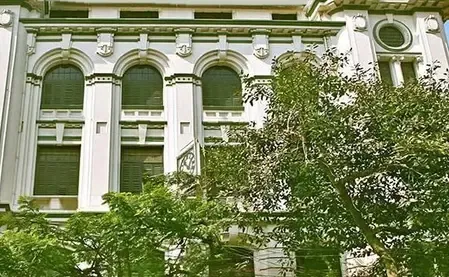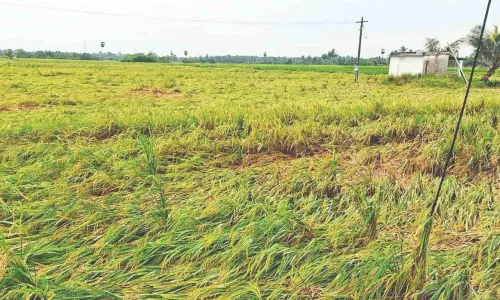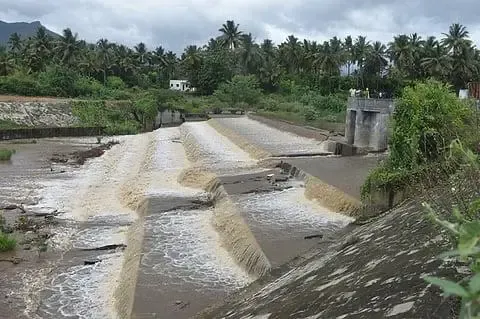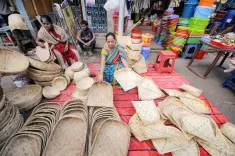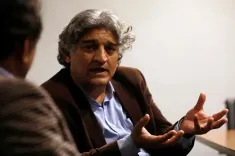Who Was Basavaraju, the Notorious Maoist from Andhra Pradesh?

Synopsis
Key Takeaways
- Basavaraju was a key figure in India's Maoist insurgency.
- He orchestrated several high-profile attacks against security forces.
- His leadership marked a turning point for the CPI (Maoist).
- Education played a significant role in his early life.
- His actions highlight the complexities of Maoist extremism in India.
Amaravati, May 21 (NationPress) Nambala Keshav Rao, regarded as India’s leading Maoist figure, was killed by security forces in Chhattisgarh on Wednesday. Known for his ruthlessness and exceptional military strategy, he orchestrated some of the most brutal assaults in the history of the Maoist movement in India.
Commonly referred to as Basavaraju, he became the natural successor to the CPI (Maoist) leadership after Muppala Lakshman Rao, also known as Ganapathy, stepped down as general secretary in 2018.
Born in Srikakulam district of Andhra Pradesh, Basavaraju was an expert in IEDs and led numerous violent attacks, including the devastating 2010 Chintalnar ambush that claimed the lives of 76 CRPF personnel.
With a B.Tech degree from the National Institute of Technology, Warangal (formerly Regional Engineering College), he stood out as one of the most educated figures within the Maoist ranks.
At around 70 years of age, Basavaraju dedicated 43 years to the Maoist cause, joining in the 1980s while pursuing an M.Tech. He held the position of Commander in Chief of the Central Military Commission (CMC) and had a bounty of Rs 2.02 crore on his head.
Previously, he directed the forest division of Dandakaranya and was a member of the CPI (Maoist) Politburo, the group’s ideological body.
Believed to be responsible for major attacks on security personnel over the past 15 years, he was considered the mastermind behind the Claymore mine attack on then Chief Minister N. Chandrababu Naidu at Alipiri in Tirupati in 2003, which left Naidu injured.
Basavaraju, a hardliner in terms of party ideology compared to his predecessor Ganapathy, also served on the Standing Committee and Central Committee of the CPI (Maoist).
Born in Jiyannapeta of Kotabommili mandal in 1955, he was the son of a teacher and had one brother and three sisters. After completing his primary education, he attended high school in his grandfather’s village, Talagam, and later finished his intermediate studies at Junio College in Tekkali, where he was an avid kabbadi player.
While pursuing his B.Tech at REC Warangal, he became involved with the Radical Students’ Union. In 1984, during his M.Tech studies, he was drawn to the ideology of the CPI (ML) People’s War and eventually abandoned his academic pursuits to join the movement. Following his commitment to the Naxalbari movement, he never returned to his village.
Basavaraju was instrumental in planning military operations and led the Central Military Commission for a decade. He was also believed to have orchestrated the 2013 attack on Mahendra Karma, the founder of Salwa Judum, resulting in the deaths of Karma and 27 others.
Additionally, he was implicated in the murders of Telugu Desam Party’s Araku MLA Kidari Sarveswara Rao and former MLA Siveri Soma on September 23, 2018.


